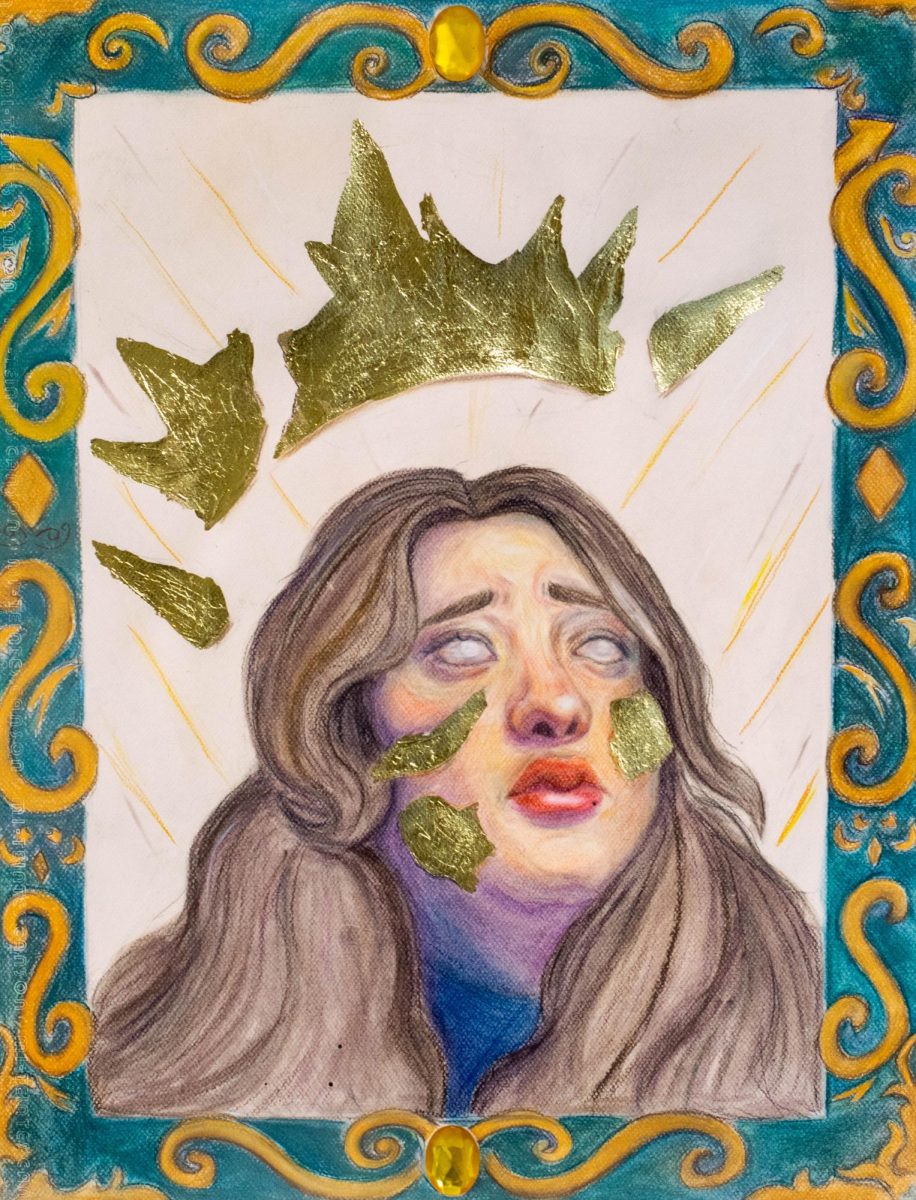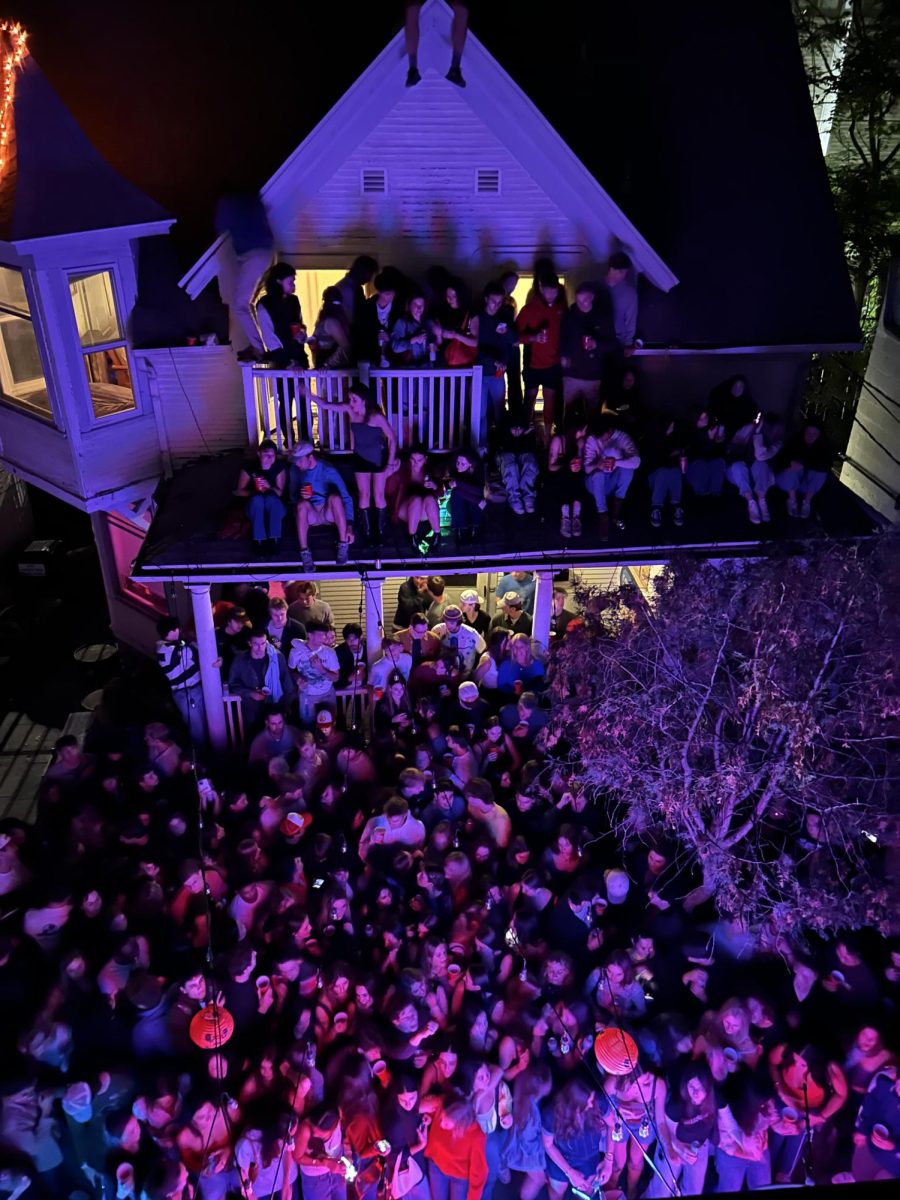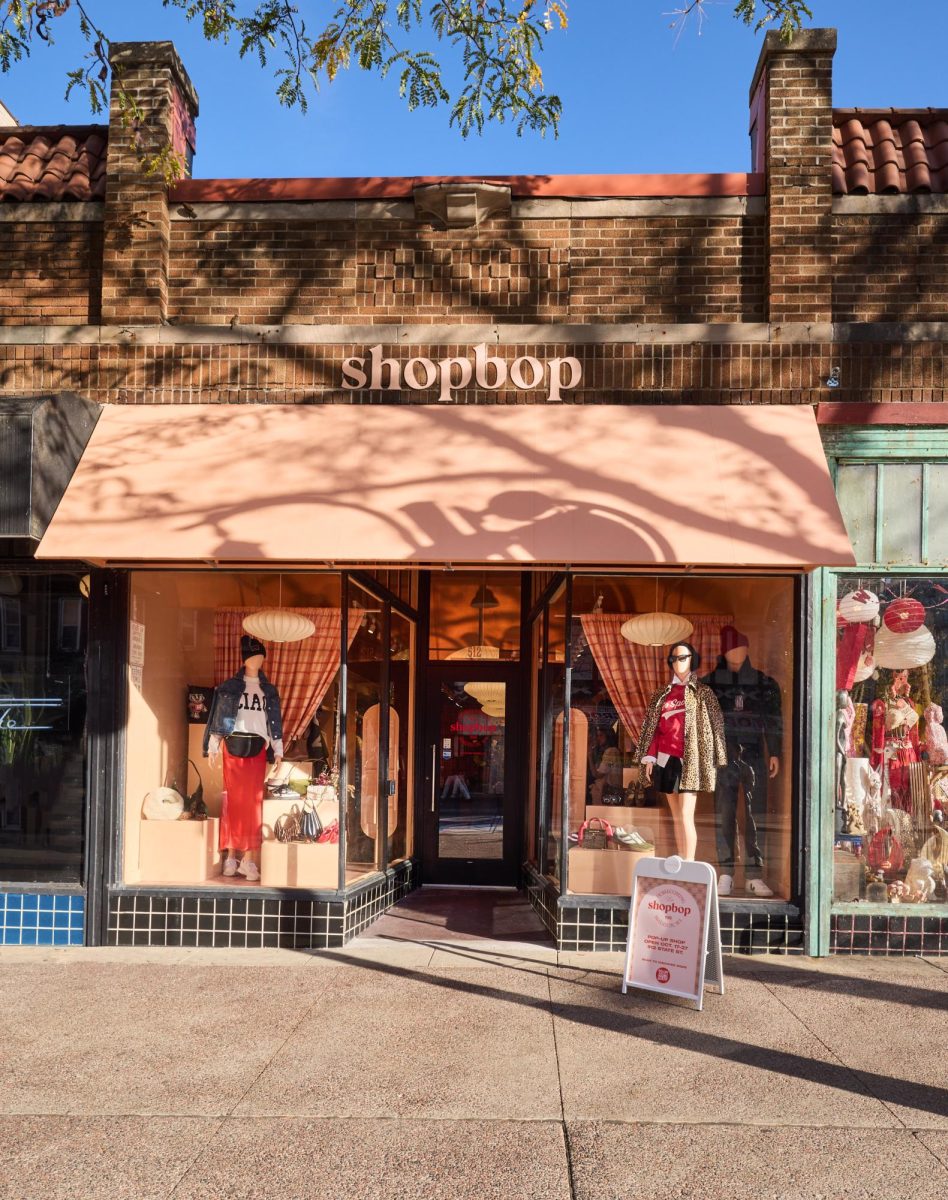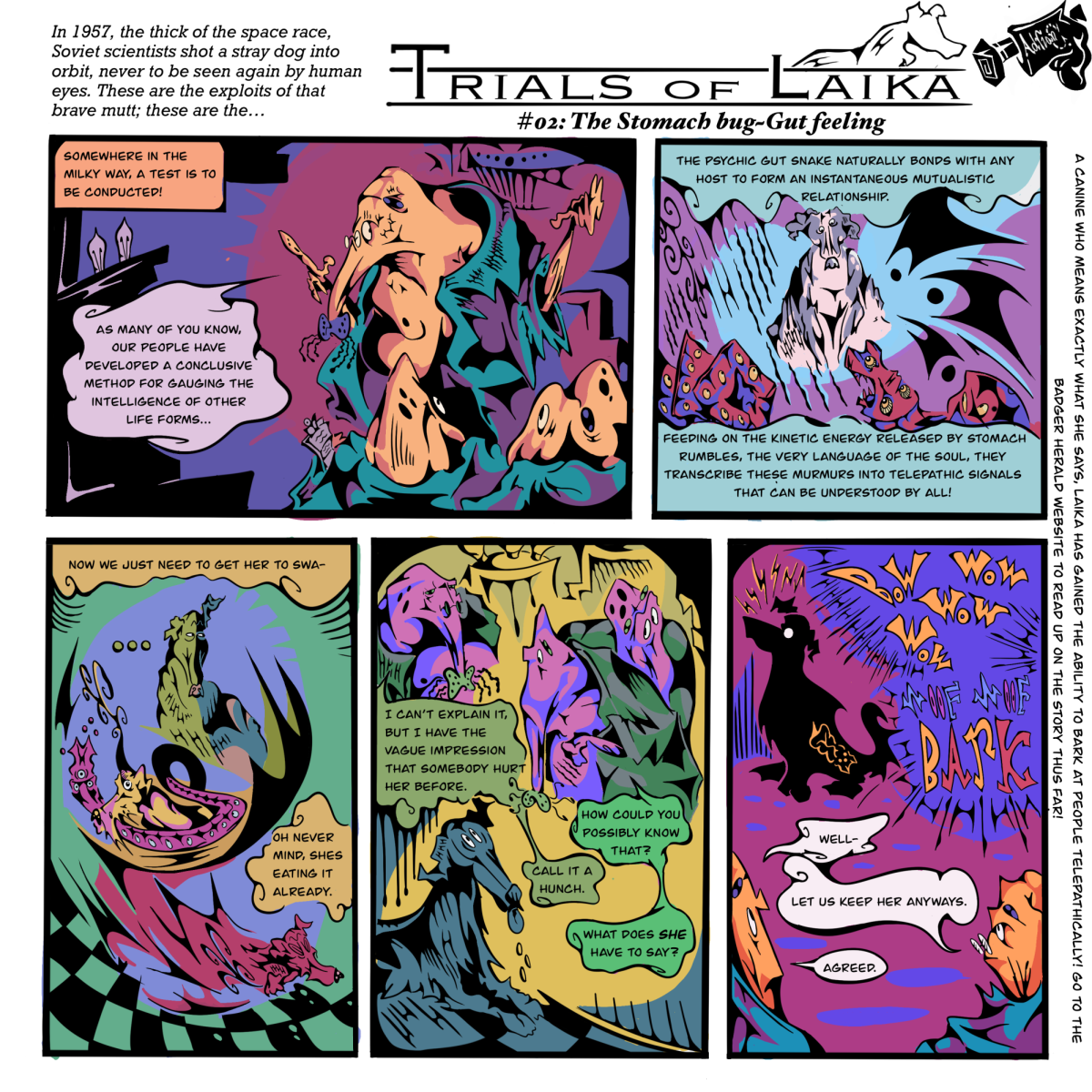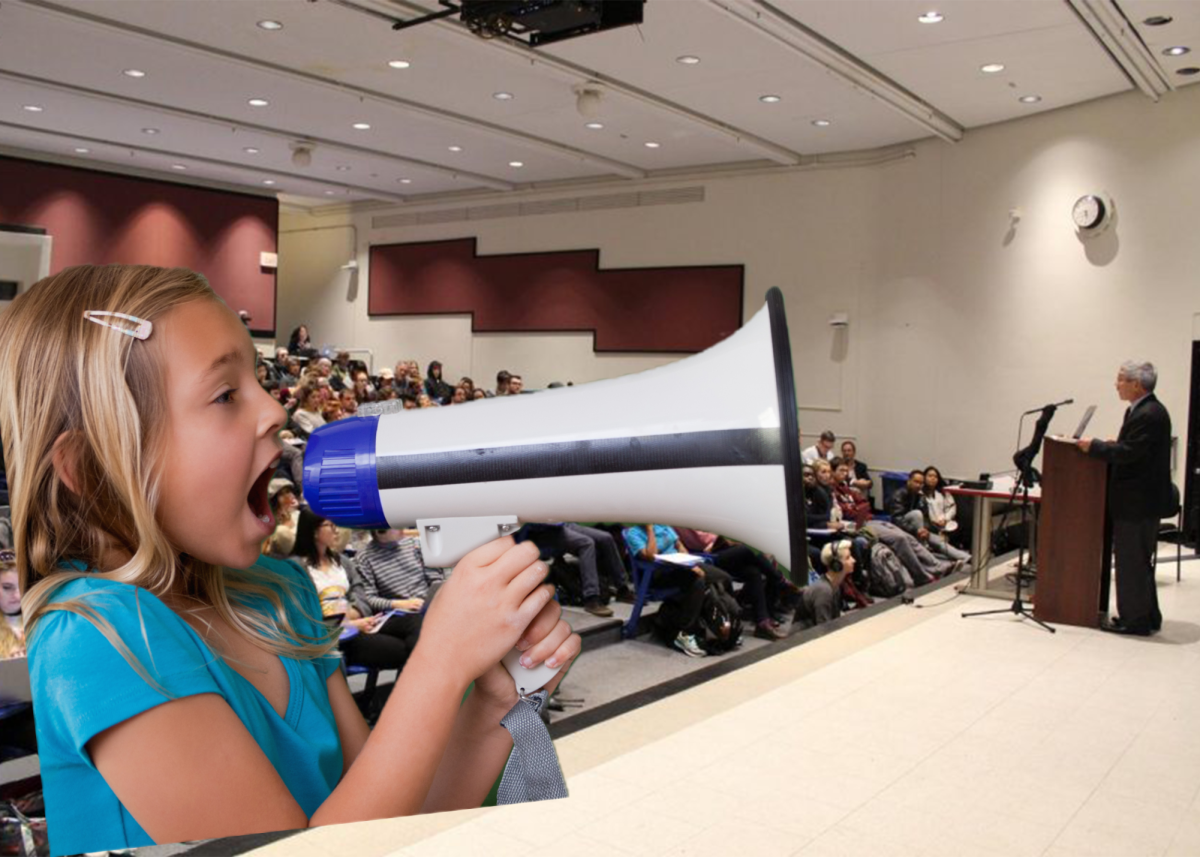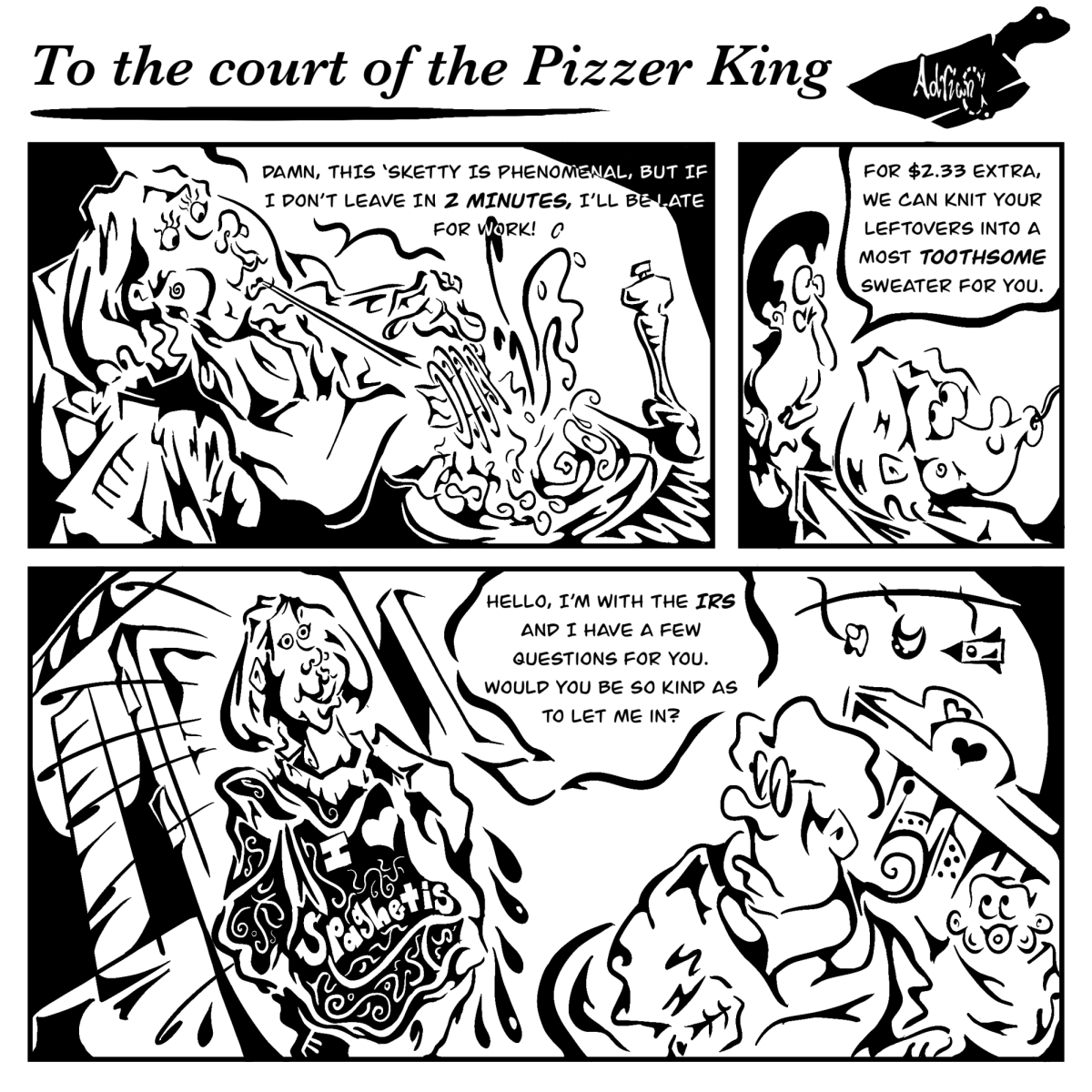A few blocks from the windy waters of Lake Monona, tucked behind the Olbrich Botanical Gardens, sits the gutted remains of the Garver Feed Mill.
A designated Madison landmark since March 7, 1994, the imposing brick structure stands as an ode to Madison’s agricultural history. Dubbed the “Sugar Castle” by the city of Madison, the sprawling factory was constructed in 1906 as a beet sugar processing facility by the United States Sugar Company. The facility was one of Madison’s largest employers, and at the time it was the largest factory in the state of Wisconsin.

Photo courtesy of the Wisconsin Historical Society
As Madison began to grow into an industrial center, the “Sugar Castle” dominated the beet sugar processing market of Wisconsin. Sourcing beets from thousands of farmers within a sweeping 100-mile radius, 250 workers processed up to 500 tons of beets per day. Within the months of seasonal operation—October to January—the factory processed the yields of 4,000 to 5,000 acres of beets, dumping the refuse into the waters of Lake Monona.
Madison’s ‘Lost City’: Inside the forgotten remains of Lake Forest
Looking to revolutionize the feed industry, University of Wisconsin alumnus James Russell Garver purchased the building and surrounding acreage in May of 1929.
Garver’s background in agriculture prompted him to convert the facility into an animal feed production mill. Catering to its agriculturally dense surrounding, the Economy Feed Milling Company prepared homegrown feeds for cheap, allowing farmers to make the most of their yields and help Madison sustain its growing population.
While James Garver died in May of 1973, according a historic Madison website, the Garver Feed Mill continued to export 500 tons of feed a week to cattle, swine, poultry, cats, dogs, rabbits, ostriches and emus.
While essential in building Madison into the bustling metropolis it is today, Garver reluctantly closed its doors on Oct. 31, 1997.

Photo courtesy of the Wisconsin Historical Society
Boarded up and neglected, entering the historic structure is a Herculean task.
Worming through a shoulder-width hole 15 feet up, a worthy explorer will enter into a moss-covered playground. The building’s infrastructure has suffered from nearly two decades of neglect. Roofing and flooring are hard to find, instead deposited in heaps of rubble throughout the building.

From the second story entry, rope is necessary to rappel down into the remains of a bathroom on the ground floor. Exiting the washroom, the stillness and serenity of the brick Pantheonesque chamber is deafening.

All sounds of humanity are erased within the vaulted halls of Garver. You’ve walked into a moment in time which is unfamiliar with commotion and clamor — only the silent growth of flora has resonated down the halls of the Sugar Castle in the last 20 years.

Graffitied and gutted, the echoes of your footfalls mimic the once-bustling business center of the main warehouse room.
Littering the floor, crushed spray paint cans and snuffed-out fires hint at human activity the Feed Mill has witnessed over the past few years. Shadowed doorways off of the main room lead to chambers of terrifying mystery.

Through one is a pile of ambiguous garbage dusted with a layer of filth, another room holds the decrepit hanging machinery of a bygone industry, and in another the shrouded control room at the heart of it all.

Venturing deeper into the mill means leaving behind the cavernous central production floor. Tramping over thick moss and collapsed roofing, you’ll enter the milling and storage rooms.
Two huge, rusted, metal hoppers hang from the ceiling, patiently awaiting the processed grains they haven’t received in years.
Climbing many flights of stairs, you can peer down into the inescapable blackness of the grain vaults.

Leaving behind the thick velvet of darkness that is the depth of the Feed Mill, entering daylight is punishing on the retinas. Sunlight seems to wash away the filth and uneasiness that the neglected remains attach to those who enter.
Scaling the bathroom walls, descending the crumbling brick exterior, and you’re out—but something eerie and unnamable about the loneliness found in the deep, dark, dirty, corners of the Garver Feed Mill sticks with you.

While its present state is decrepit and haunting, the Garver Feed Mill has a bright and exciting future.
A project of revitalization is underway, sanctioned by the city of Madison to turn the crumbling remains into an “artisan food production facility.” The building will house bakers, brewers and local food businesses alongside minimalist living units to create a foodie’s paradise.

Adjacent to Olbrich Botanical Gardens, the location means the renovation project is poised to be a stellar addition to the community and to Madison at large.
With a storied past and a hopeful future, Garver Feed Mill currently stands at an intriguing crossroad—a mix of storied history and renewed commercial potential. About to phase into modernity, visiting the Feed Mill in its current state is an enchanting trek through one of Madison’s most notable landmarks.




